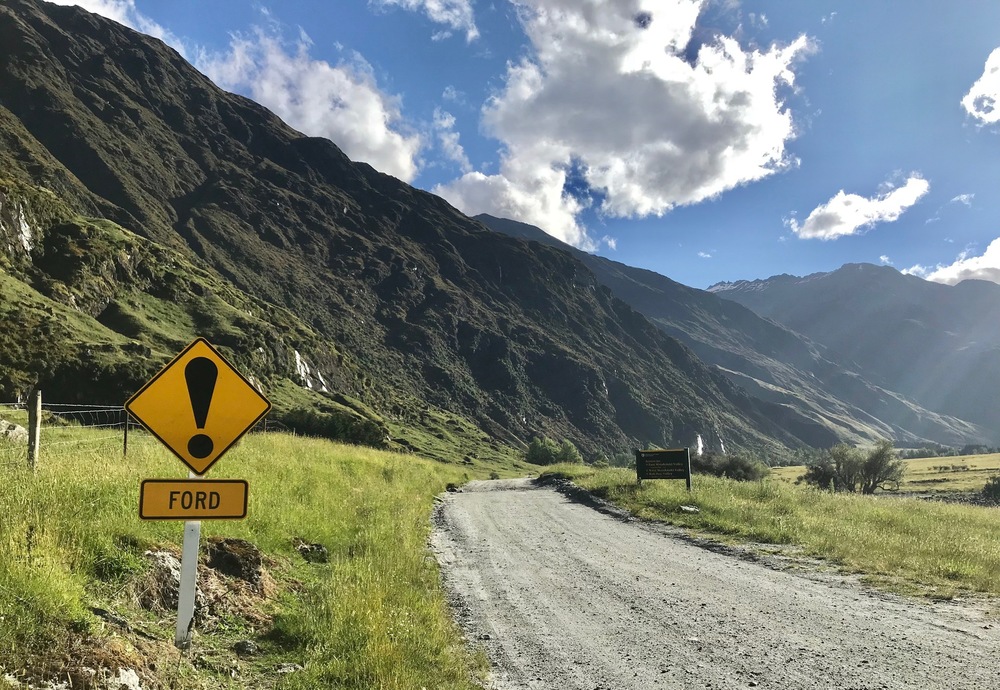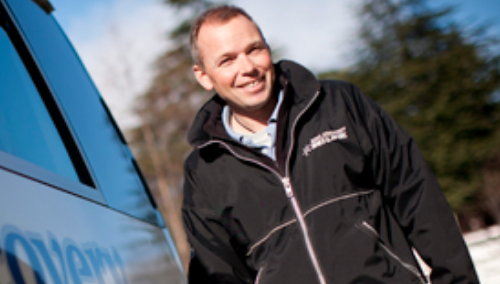Tourism sector looks at alternatives to bed tax
Sue Wards
13 June 2021, 2:41 AM
 Tourism minister Stuart Nash wants to explore alternatives to tax to fund tourism infrastructure. PHOTO: Supplied
Tourism minister Stuart Nash wants to explore alternatives to tax to fund tourism infrastructure. PHOTO: SuppliedThe tourism sector is exploring new ways to fund tourism infrastructure as alternatives to the bed tax being pursued by Queenstown Lakes District Council (QLDC) as a revenue stream.
The introduction of a district-wide visitor levy, or ‘bed tax’, in the council’s Long-term Plan 2021-2031 is estimated to recover $162.8M over seven years (from 2024-2031) with the money used to fund the capital expenditure attributable to visitors, QLDC said.
However, tourism minister Stuart Nash says he is investigating the idea of differential pricing for tourism attractions instead of levies or bed taxes.
“I would like to see a level of differential pricing right across the tourism sector that recognises that a lot of these attractions and tourism experiences should be available and open to Kiwis but international tourists that travelled halfway around the world will be prepared to pay [for]...” he said.

Differential pricing for Kiwis and overseas visitors for publicly owned places such as the conservation estate is on the government’s agenda. PHOTO: Wanaka App
“It’s the right of every Kiwi to have free access to the DOC [Department of Conservation] estate and our national parks,” he added. “That doesn’t mean you shouldn’t look at innovative ways to charge tourists.”
Meanwhile, the Tourism Industry Association (TIA) has proposed the introduction of a regional tourism fund instead of a bed tax and asked QLDC for its support in a submission to the council’s Long-Term Plan.
Read more: Council continues push for bed tax
The TIA said a fund of $300M per annum could be distributed to local government to address local tourism-related needs, informed by regional spatial plans, local authority Long Term Plans, and Regional Tourism Organisation destination management plans.
“If these plans are doing their job well, they should clearly articulate the aspirations of tourism in the region and funding required,” the TIA submission said.

LWT general manager Tim Barke says differential funding and a regional fund are both good ideas. PHOTO: Supplied
The allocation model could be determined by “the measured level of visitor impact” on each territorial authority, for example, guest nights in a region, the TIA suggested.
Lake Wānaka Tourism general manager Tim Barke told the Wanaka App he agreed with both concepts: differential pricing and a regional fund.
Tim said councils in popular tourism areas are faced with the challenge of providing infrastructure almost solely funded by a ratepayer base which simply can’t afford it.
“Visitors contribute a huge amount to the national economy through spend and taxes so it makes sense for some of these taxes be put toward assisting the communities and provision of infrastructure in the most popular destinations,” Tim said.
And Tim believes tourism funding like a regional fund could go further: Visitors could volunteer time or funding to help with local projects, which he said would invest them emotionally in the place.
“What would make it even more effective is if the visitors were to know that a defined proportion of what they are paying is going directly toward initiatives that benefit the local community and place. Again, this makes the visitor feel connected with the place and proud that by being there and participating, they are making a positive contribution to benefit the place and the local people,” he said.
Locals would also be more likely to welcome visitors if they could see the tangible benefits visitors bring, he said.
Government funding to help get some of these projects underway “could have a multiplying effect” of the benefits they generate, Tim said.
He also said differential pricing for Kiwis and overseas visitors for publicly owned places/experiences “makes sense”, and could have several positive effects, including that visitors better understand and accept the value Kiwis put on the tāonga (places, experiences, stories and things they treasure), and the concept that it is a privilege to have access to and share in these.
Additionally, Kiwis appreciate that the value of their tāonga are being recognised and appreciated by visitors.
The TIA said its regional fund proposal aligns with Infrastructure NZ’s proposal for a regional development fund, expanding the former $1B per annum Provincial Growth Fund into a $2B Regional Development Fund (RDF) for New Zealand.
TIA said it would work with QLDC and other local authorities to seek the introduction of such a fund “as soon as possible”.

